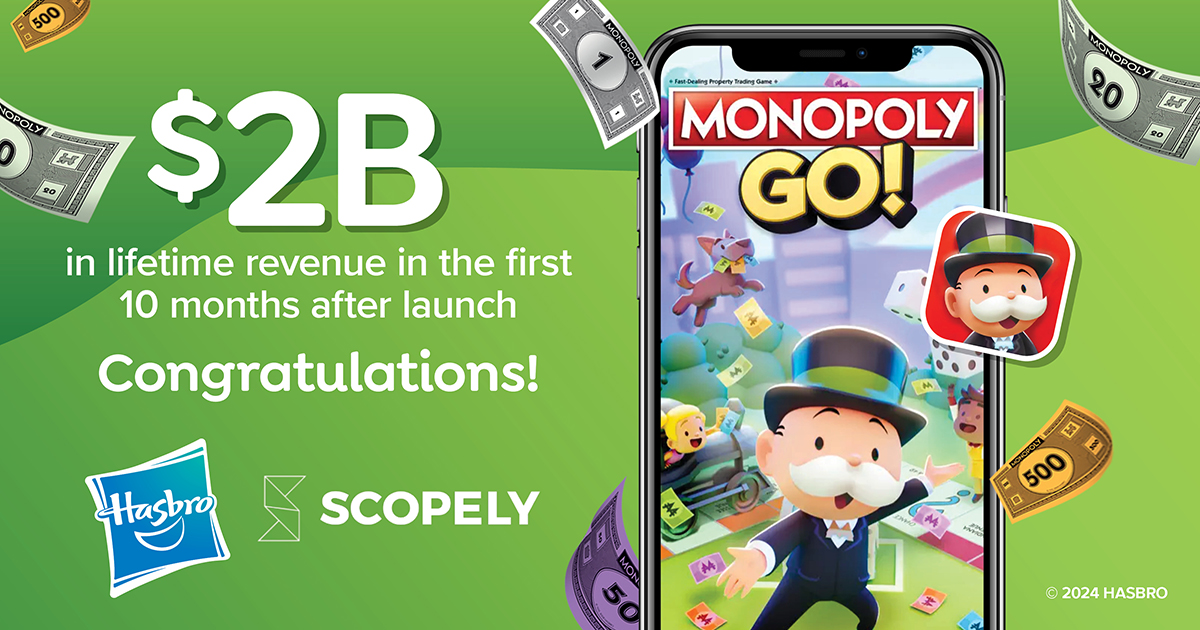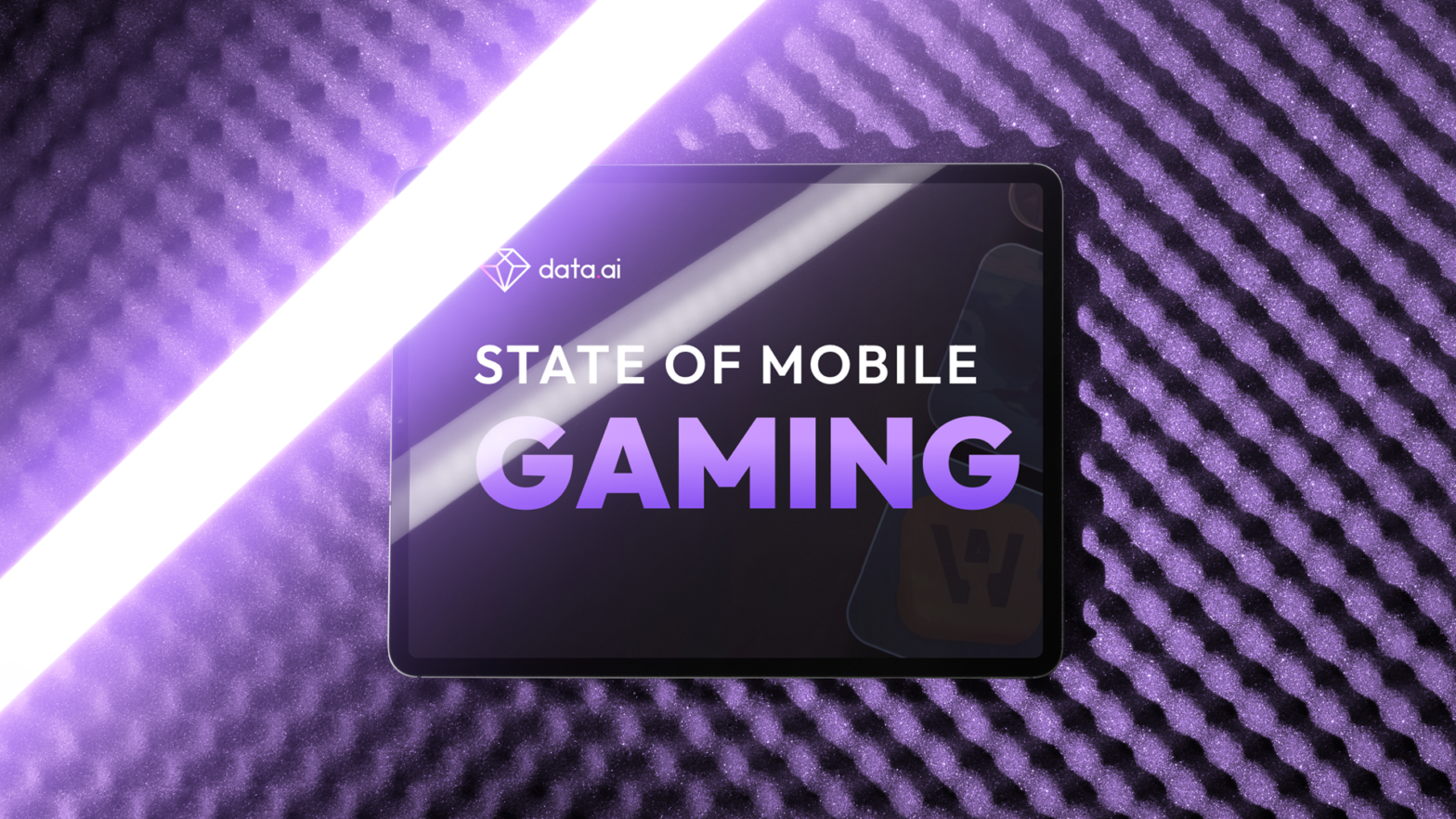The Play and Own model is already becoming a revolutionary solution in game development. It brings a lot of new solutions for creating and monetising projects, so it’s safe to say that P&O is the next evolution in free-to-play games. IronSourse explains how to get the most out of this framework.
A side note: Mobile games metrics
Be aware of the way the game is structured
In view of the huge variety of infrastructure options, the first question developers may have is how to prioritise and what to choose. The choice should be approached with the utmost responsibility, as the wrong structure can lead to problems in the market (at least). Also, it might be difficult for players who already play the game on a different infrastructure if they want to play your project.
So the most important thing is flexibility. In other words, you should find one that can support multiple structures.
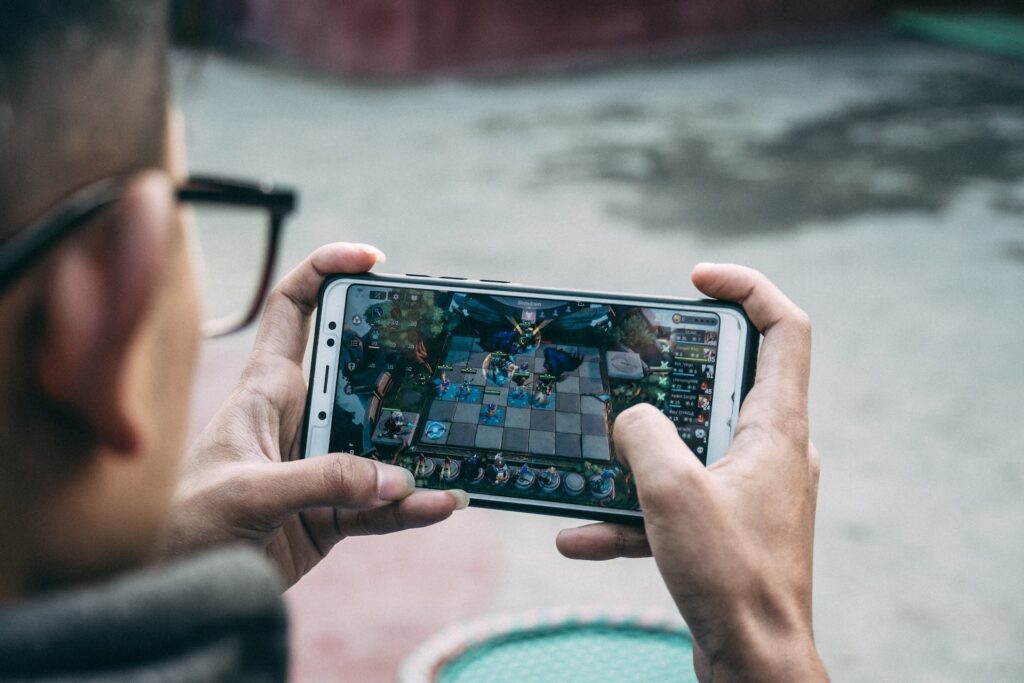
Functionality interoperability
Interoperability is the ability to use assets across different games or platforms – and one of the best ways to motivate trading. It gives you the opportunity to target users who can play games similar to yours, as well as reinforce a larger ecosystem.
The best option for something like this is open ecosystems. This allows players to use assets from multiple entities, giving you as a developer the opportunity to strengthen the ecosystem and target users who will actively play your games.
The Play and Own model performs best on mobile devices
To expand the ecosystem and develop your games, you definitely need users who can devote a few hours a day to the project. At the moment, the most suitable option is mobile platforms.
With this in mind, it is important to consider mobile support and choosing the right solution from a development perspective. In other words, you need to consider app shop standards for the right choice of infrastructure and payment system.

Most importantly – users
Immersion is an important way to get users to start and continue playing your P&O-enabled games. To avoid user churn, use a strategy that players are already familiar with.
By ensuring that your solution includes diverse and useful features for users, you can give your game the best possible foundation for monetisation, growth and player retention.

719





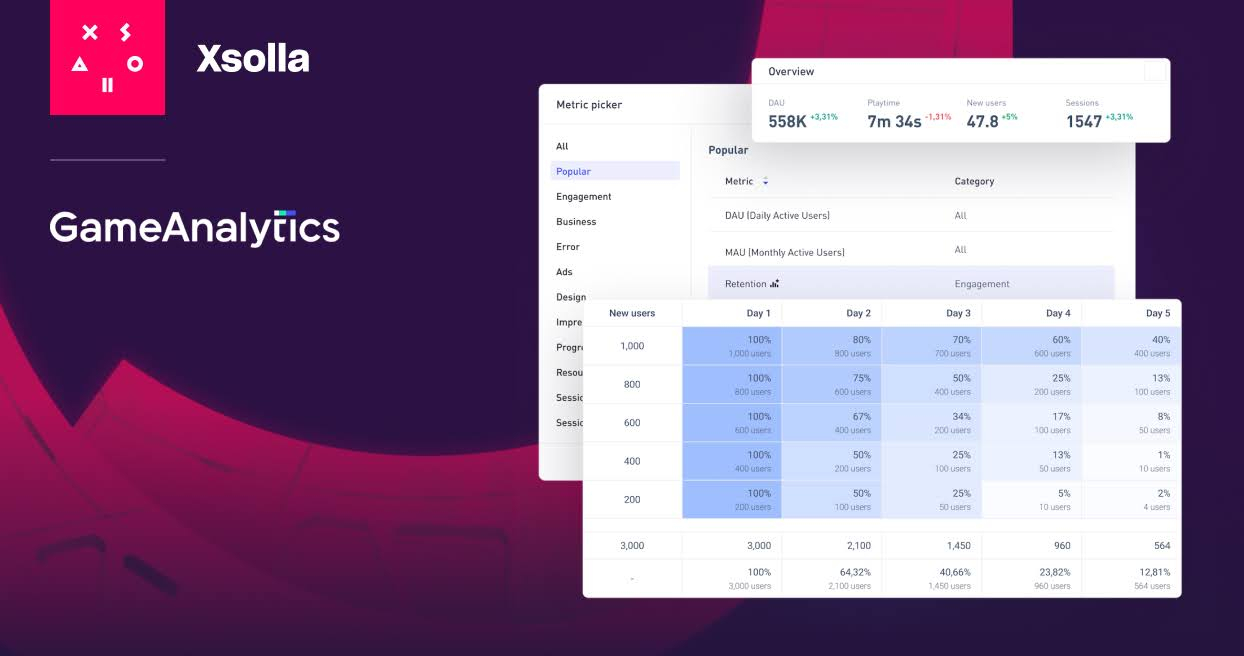

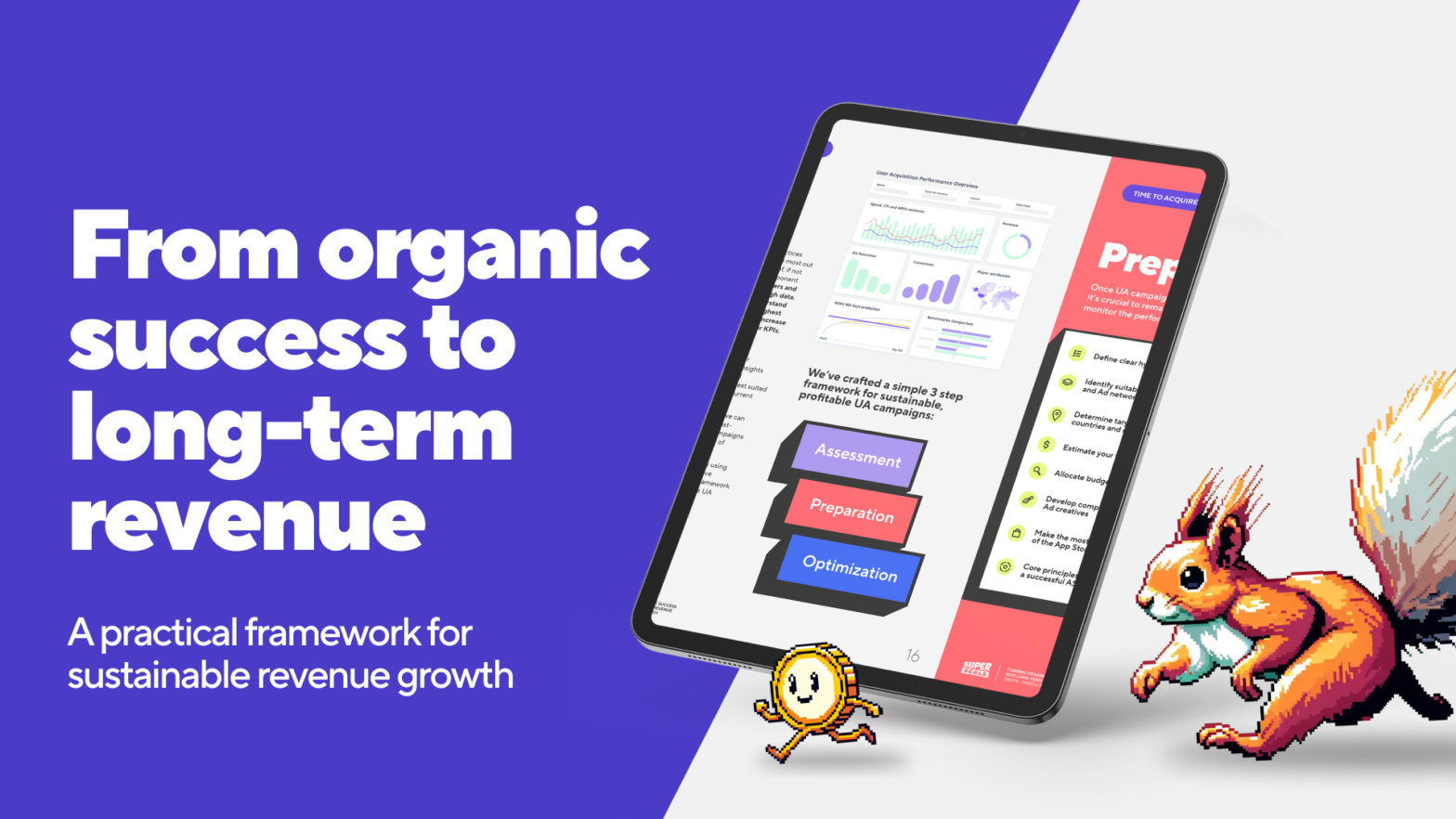
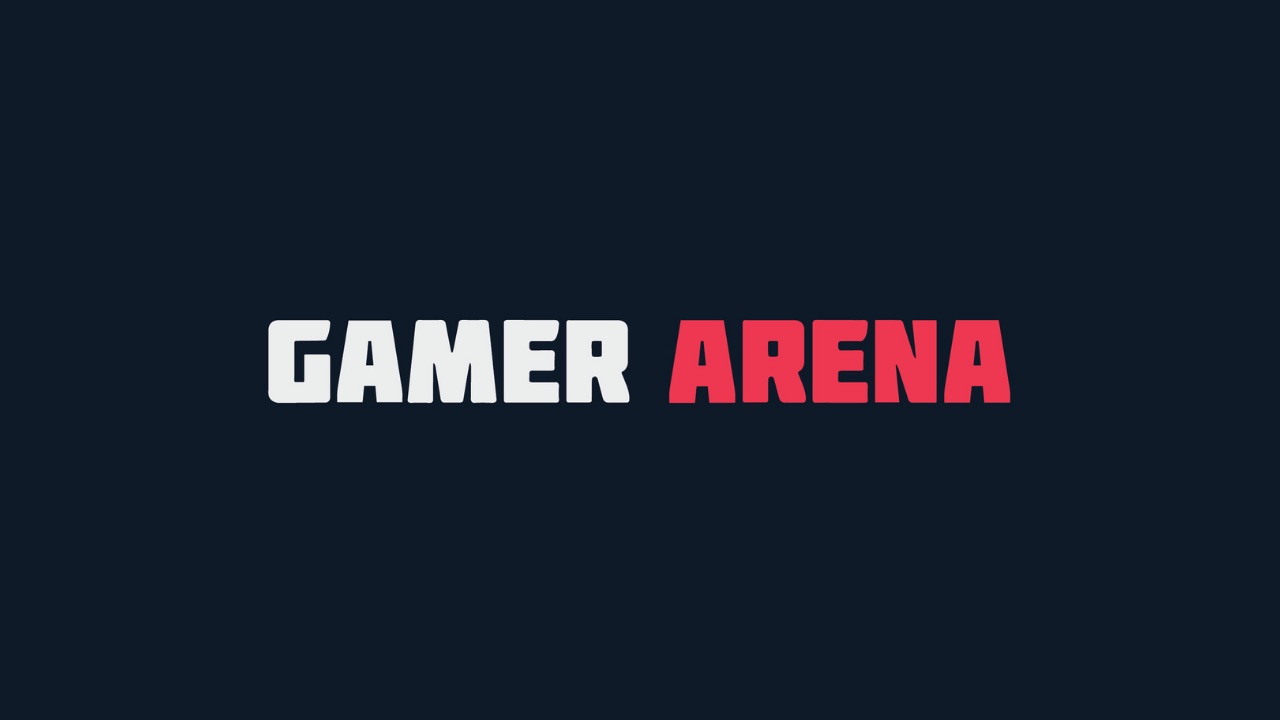

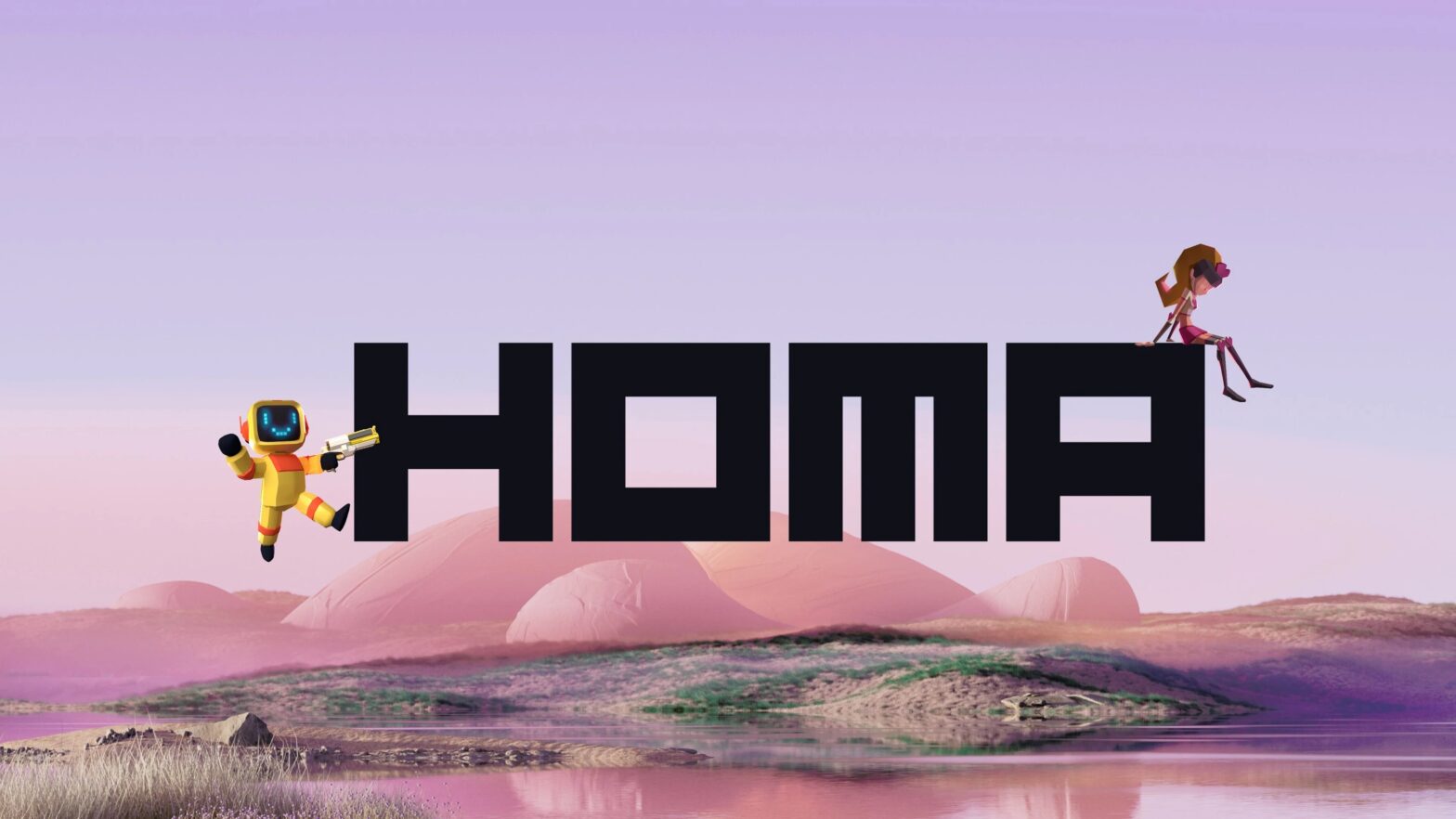
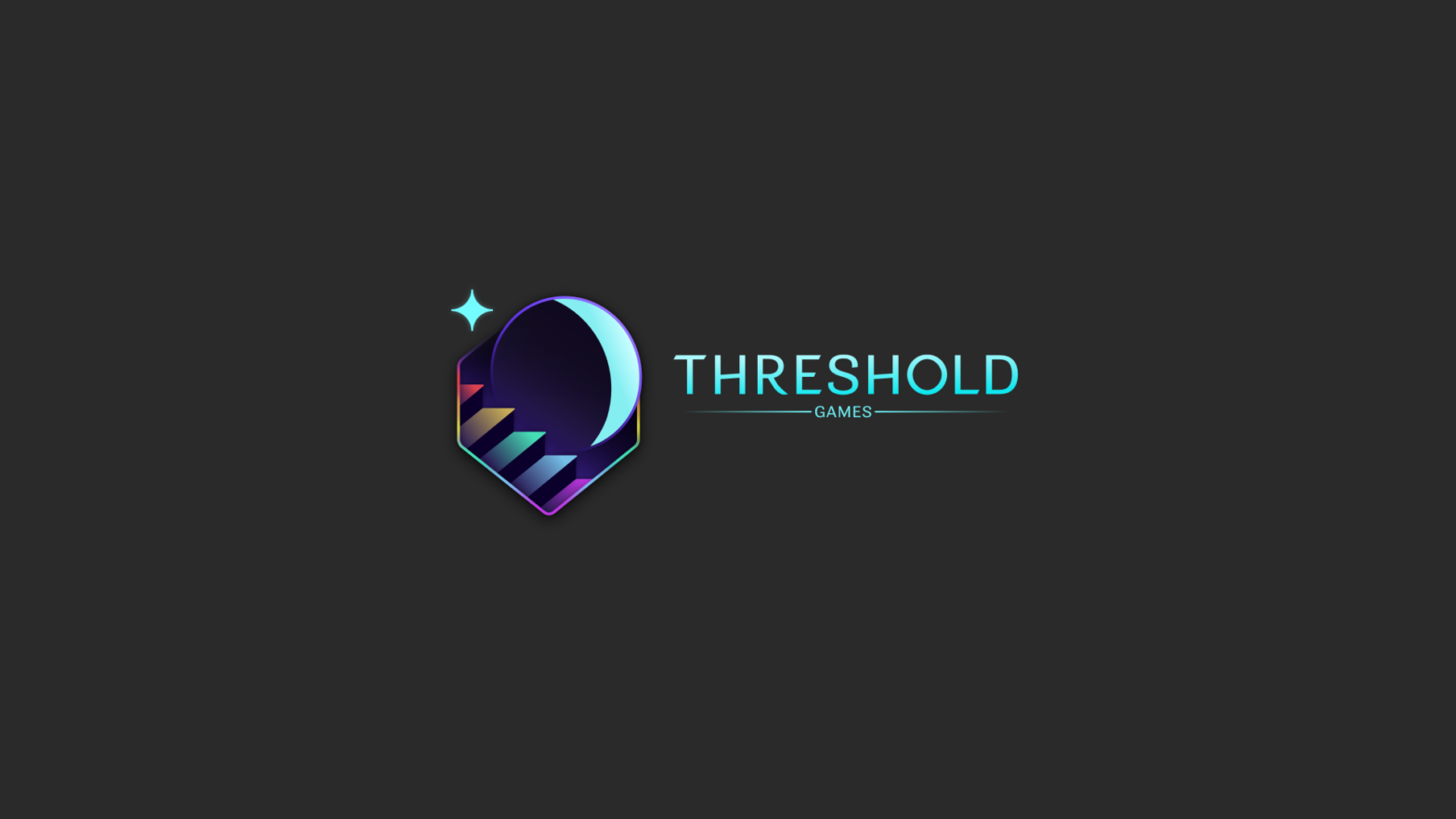
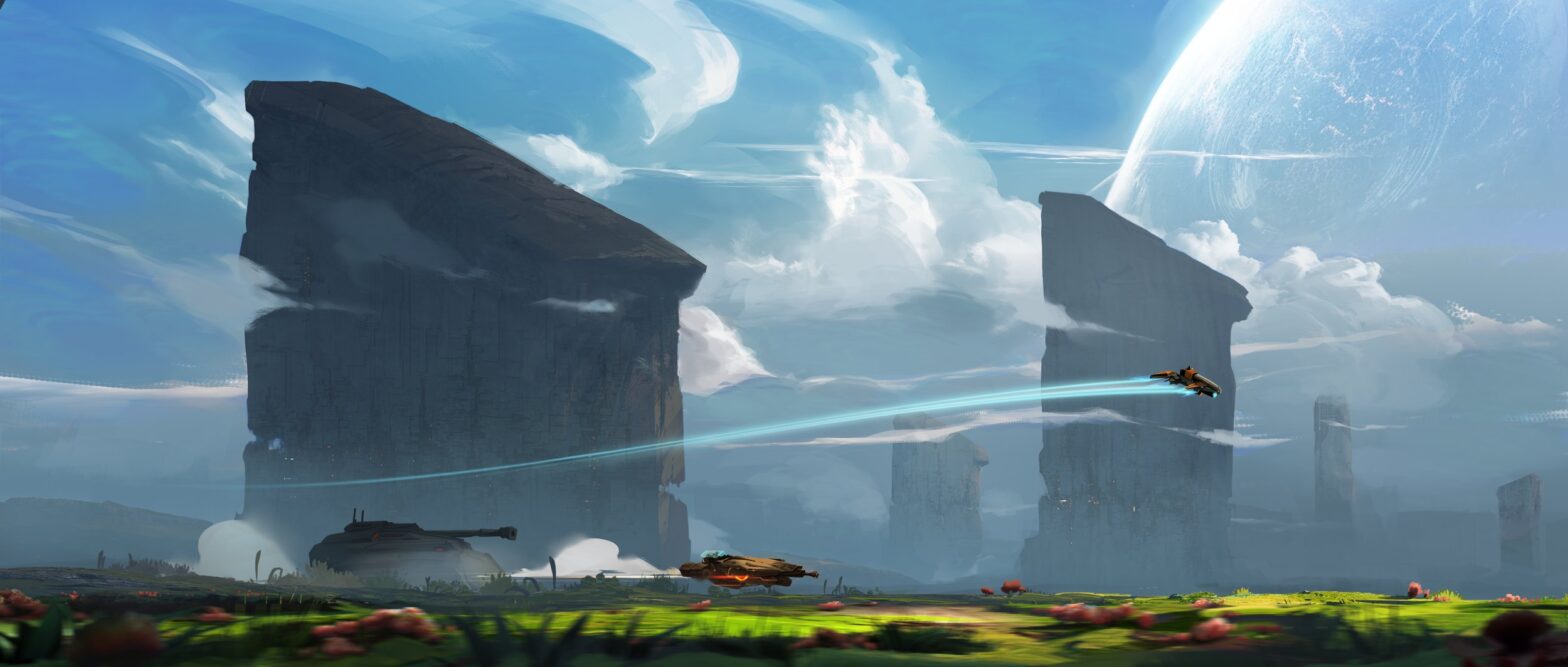
 3 minutes
3 minutes







 2 minutes
2 minutes